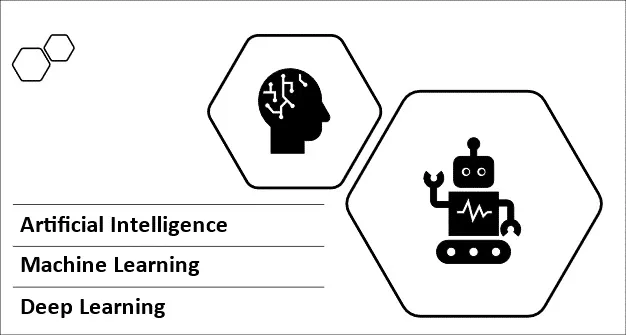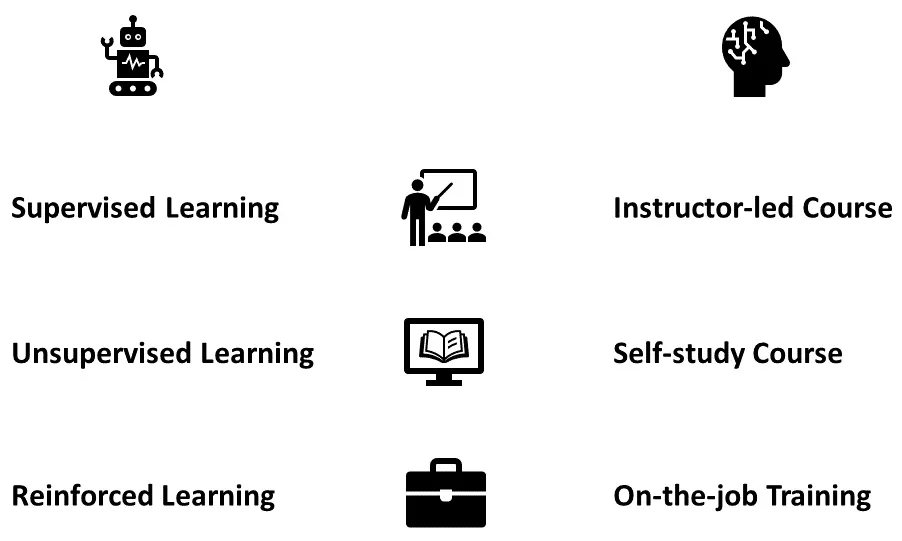
Democratizing Artificial Intelligence with UiPath
Fanny Ip, Jeremiah Crowley, Tom Torlone
- 376 pagine
- English
- ePUB (disponibile sull'app)
- Disponibile su iOS e Android
Democratizing Artificial Intelligence with UiPath
Fanny Ip, Jeremiah Crowley, Tom Torlone
Informazioni sul libro
Build an end-to-end business solution in the cognitive automation lifecycle and explore UiPath Document Understanding, UiPath AI Center, and DruidKey Features• Explore out-of-the-box (OOTB) AI Models in UiPath• Learn how to deploy, manage, and continuously improve machine learning models using UiPath AI Center• Deploy UiPath-integrated chatbots and master UiPath Document UnderstandingBook DescriptionArtificial intelligence (AI) enables enterprises to optimize business processes that are probabilistic, highly variable, and require cognitive abilities with unstructured data. Many believe there is a steep learning curve with AI, however, the goal of our book is to lower the barrier to using AI. This practical guide to AI with UiPath will help RPA developers and tech-savvy business users learn how to incorporate cognitive abilities into business process optimization. With the hands-on approach of this book, you'll quickly be on your way to implementing cognitive automation to solve everyday business problems. Complete with step-by-step explanations of essential concepts, practical examples, and self-assessment questions, this book will help you understand the power of AI and give you an overview of the relevant out-of-the-box models. You'll learn about cognitive AI in the context of RPA, the basics of machine learning, and how to apply cognitive automation within the development lifecycle. You'll then put your skills to test by building three use cases with UiPath Document Understanding, UiPath AI Center, and Druid. By the end of this AI book, you'll be able to build UiPath automations with the cognitive capabilities of intelligent document processing, machine learning, and chatbots, while understanding the development lifecycle.What you will learn• Discover how to bridge the gap between RPA and cognitive automation• Understand how to configure, deploy, and maintain ML models in UiPath• Explore OOTB models to manage documents, chats, emails, and more• Prepare test data and test cases for user acceptance testing (UAT)• Build a UiPath automation to act upon Druid responses• Find out how to connect custom models to RPAWho this book is forAI Engineers and RPA developers who want to upskill and deploy out-of-the-box models using UiPath's AI capabilities will find this guide useful. A basic understanding of robotic process automation and machine learning will be beneficial but not mandatory to get started with this UiPath book.
Domande frequenti
Informazioni
Section 1: The Basics
- Chapter 1, Understanding Essential Artificial Intelligence Basics for RPA Developers
- Chapter 2, Bridging the Gap between RPA and Cognitive Automation
- Chapter 3, Understanding the UiPath Platform in the Cognitive Automation Life Cycle
Chapter 1: Understanding Essential Artificial Intelligence Basics for RPA Developers
- Understanding key AI concepts
- Understanding cognitive automation
- Exploring out-of-the-box (OOTB) machine learning (ML) models for RPA developers
Understanding key AI concepts
Differentiating between artificial intelligence, machine learning, and deep learning

- AI: This is equivalent to giving a machine or a robot the ability to think. It encompasses ML and DL.
- ML: This refers to how a machine or a robot learns to think through algorithms without explicit programming. ML is a subset of AI.
- DL: This refers to how an ML algorithm leverages artificial neural networks to mimic learning. DL is a subset of ML.
- Data requirement and availability
- Computational power
- Training time

Appreciating the relevance of supervised learning, unsupervised learning, and reinforcement learning in AI

- Supervised learning: This is based on past data, and the trainer specifies the inputs to predict future outcomes. This type of training is analogous to an instructor-led training course. It requires the trainer to supervise the student or the model to achieve the desired learning outcome. Classification and regression are types of supervised learning methods:
- Classification refers to the process of categorizing a given set of data into classes. For example, a set of pictures of different animals are fed into the ML model. Each picture is labeled with an animal name. The ML model is trained to identify animals from an image.
- Regression helps in the prediction of a continuous variable. For example, a profit prediction ML model is an example of a regression model. Training data consisting of R and D, marketing, and administrative spending, geographic location, and profit is fed into the model. The ML model predicts the profit.
- Unsupervised learning: This relies on an algorithm to identify unknown patterns from data. This type of training is analogous to a self-study course. It requires the students or the model to synthesize the information to achieve the desired learning outcome. Clustering is a type of unsupervised learning method:
- Clustering refers to the method used to find similarity and relationship patterns among training datasets, and then cluster those datasets into groups with similarities based on features...